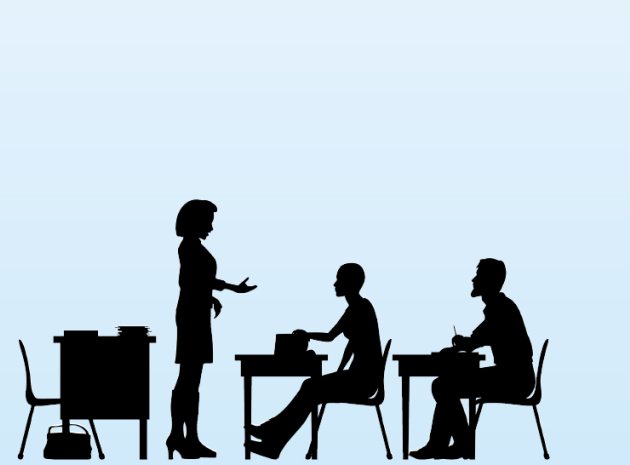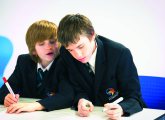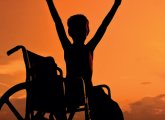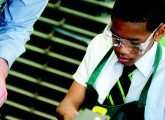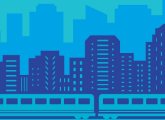Just a teacher?
What do you know about ‘blended learning’? Eileen Field talks one interested educator through this thoroughly contemporary approach to schooling…
Q. Term has started on the ‘b of the bang’ and at my school, I’ve been told that we are going to use this year to look at a re-organisation of learning to better meet the needs of our kids and develop more independent learning skills. I’ve been tasked to develop some ‘Blended Learning’ – what do I need to consider?
A During the summer, I found a pool of water behind the washing machine. I voted to hold off on calling a plumber. Husband raised an eyebrow: “You know how to fix that?” but I stood my ground: “No, but I have YouTube. I’ll learn.” And I did. After some online research, I propped my laptop on the counter surface and followed along as a professional showed me step-by-step how to remove the washer case, diagnose the problem, and ultimately, replace a hose clamp. Most kids probably aren’t interested in learning how to fix a washer. But they’re flocking to online spaces for a chance to learn on their own terms and in their own time. From guitar lessons to video game design, kids are taking advantage of the growing collection of tutorials and hands-on learning experiences available through digital media.
Today’s students are used to having constant access to technology and digital resources in their personal lives. If you can harness the engaging power of such resources in your classroom, evidence suggests that you can boost learning success and help your students create and thrive. A quick literature review indicates that teachers, all over the world, are struggling with the challenge of how to reach the learners we have in today’s schools. The goal is to ensure a learner-centred, stimulating, personalised learning climate with a string of challenging and successful learning opportunities in each and every lesson.
“Teachers use well-judged and often inspirational teaching strategies, including setting appropriate homework that, together with sharply focused and timely support and intervention, match individual needs accurately. Consequently, pupils learn exceptionally well across the curriculum.” [School Inspection Handbook (Ofsted, April 2013)]
Creating a blended environment powered in combination with digital learning AND teachers doing what they do well; “delivering ... sharply focused ... timely support and intervention”, is one way of meeting this challenge. When done well, you will be astonished at the impact on your students – often the most unlikely candidates respond to the ‘personalised learning environment’ and make incredible leaps in progress. Whilst your usual talented suspects can leave you gasping for air, as you try to keep up with their quest for answers.
So, some hints:
+ Define what the blended learning experience will be, including what it will look like, what roles students will play, what roles teachers will play, and how devices and digital resources fit into the picture.
+ Strengthen technology infrastructure so that it is able to adequately support devices and family and/or community access to the digital resources. Expect in a short space of time, the learning you are delivering to be accessed outside of the classroom walls.
+ Ensure that teachers are properly trained and prepared to embrace blended learning. Teachers must be comfortable using the technology, interrogating the data generated from the student learning and have confidence in the digital resources in a blended learning environment, or else learning will not be successful. We all can tend to teach as we were taught, and revert to norm unless we have clear actions, behaviours and roles to follow.
+ Source and develop quality learning content. Develop your own or buy in and integrate with your current systems. It has to be sustainably affordable and have sufficient ‘added teaching value’ to meet your teaching needs and the multiple layers of information you will need: AfL, differentiated pathways and routes, reporting on progress. Ideally blended learning tools and digital resources should work on multiple platforms if you are to be device-agnostic.
+ Use social learning media. Such digital resources can keep students engaged, reinforce lessons and concepts, and reach students and their families through communication methods they use in their personal lives. Students will leverage emerging tools and digital resources to create personalised learning networks and want to share this back to school. Consider how you will respond to this potential change in communication tactics (balancing access and safety is key).
At EdisonLearning, we are working in partnerships with groups of schools up and down the country to take their thinking to the next level with projects focusing on quality student learning. Many are now looking to adopt digital education to meet the ever growing list of teaching and learning challenges – we have the tools, knowledge and the experience to create bespoke individual school solutions. Enjoy the journey!


